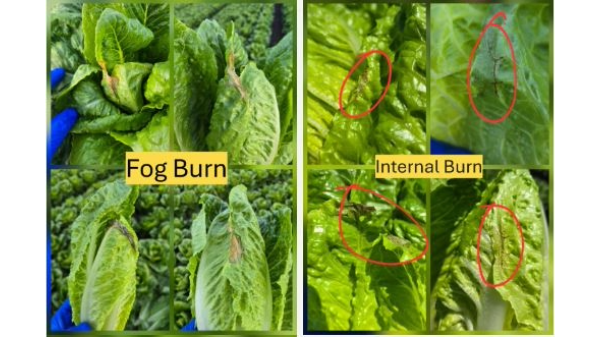Welcome to Blue Book!
Are you ready to join the thousands of companies who rely on Blue Book to drive smarter decisions? View our plans and get started today!
Still have questions? We’d love to show you what Blue Book can do for you. Drop us a line– we’ve been waiting for you.

An enduring favorite of Latinos in many countries are chile peppers. Most varieties are available year-round, with a select few grown on a seasonal basis. Schueller cites the shishito and Padrón peppers, which are on the mild end of the Scoville Scale (which determines ‘hotness’ by measuring heat units).
Imwalle highlights the growth of the poblano, a slightly hotter pepper, traditionally stuffed for chile rellenos.
Other peppers gaining attention are among the hotter varieties like the better known jalapeño, habañero, and Serrano peppers, as well as the less known Hidalgo, casacabel, and Diablo chiles.
In addition to the items described above, less exotic fruits that have been a pivotal part of Hispanic meals—such as lemons, limes, and pineapple— have enjoyed an uptick in demand as well. Rudy Uresti, president of Mission, TX-based Jade Produce, Inc. says Mexico-grown pineapples have become immensely popular. Grown in Tabasco, the fruit now rivals imports from Costa Rica, and longtime producer Hawaii.
Regions of Highest Demand
For each of our five featured commodities, the strongest growth is linked to regions with rising Hispanic populations, predominantly in the Southwest, as well as large metropolitan areas that Jungmeyer characterizes as “more adventurous.” He cites cities in Texas and California, as well as Chicago in the Midwest and New York City on the East Coast—as fans and consumers of these once rare, but increasingly available, fruits and vegetables.
The influence of Hispanic culture, however, is not limited to the West, Southwest, or big cities, and continues to stretch northward. Large grocery stores have begun to stock more specialty varieties to keep from losing customers to smaller markets specializing in ethnic commodities.
Schueller explains that although sales are still the strongest in the southwestern states, retailers and restaurants in the Northeast and Northwest are among the strongest markets in terms of growth, which he’s seen increase by as much as double digits.
Concluding Thoughts
Hispanic commodities are reaching a wider swath of North America’s population, transcending cultural boundaries into the kitchens of those experimenting with and enjoying once-rare produce. As the demographics of the United States continue to shift, and people look for ways to diversify what they eat, fruits and vegetables that are parts of traditional Hispanic cuisine—beyond avocados, mangos, and jalapeños—are becoming cross-cultural favorites.
Image: Shutterstock








